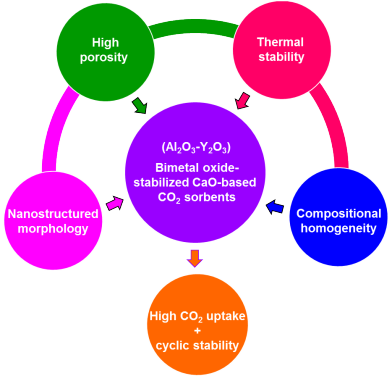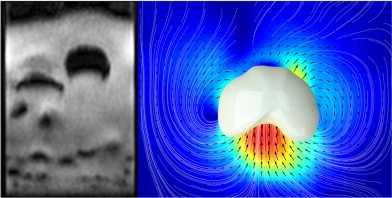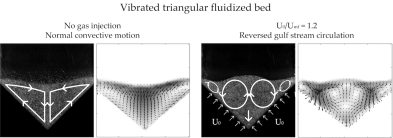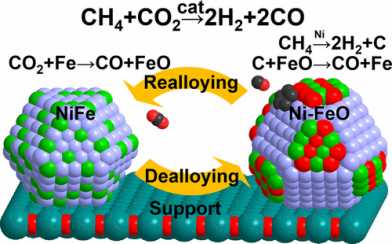2017
CaO-based CO2 sorbents effectively stabilized by metal oxides

We report a Pechini method to synthesize cyclically stable, CaO-based CO2 sorbents with a high CO2 uptake capacity.
Rapid imaging of granular dynamics

Our recent research entitled "Real-time probing of granular dynamics with magnetic resonance" published in Science Advances was highlighted by the ETH website and several other news outlets!
Segregation of equal-sized particles of different densities in a vertically vibrated fluidized bed.
In this collaborative work with Profs. Tsuji (Osaka University) and Acosta-Iborra (Carlos III University, Madrid) we studied the influence of vibration and fluidization on density-induced segregation of particles in a pseudo-2D vibrated fluidized bed.
Reversal of gulf stream circulation in a vertically vibrated triangular fluidized bed

In this collaborative work with Prof. Acosta-Iborra (Carlos III University, Madrid) we probed experimentally the effect of vibration on the dynamics of particles in a fluidized bed of triangular shape.
Multi-Shelled CaO Microspheres Stabilized by Atomic Layer Deposition of Al2O3 for Enhanced CO2 Capture Performance

In this work, we report on the synthesis of a CaO-based CO2 sorbent with structural characteristics that affect very favourably their CO2 uptake. These sorbents feature a hollow spherical morphology, whereby the central void accompanies the large volumetric expansion of the material during CO2 capture.
Cooperativity and dynamics increase the performance of NiFe dry reforming catalysts

The dry reforming of methane (DRM), i.e., the reaction of methane and CO2 to form a synthesis gas, converts two major greenhouse gases into a useful chemical feedstock. In this work, we probe the effect and role of Fe in bimetallic NiFe dry reforming catalysts.
The parameters governing the coefficient of dispersion of cubes in rotating cylinders
Axial dispersion of cubic particles in horizontal, rotating cylinders was investigated using discrete element modelling simulations. We found out that particle shape influences significantly the rate of axial dispersion (cubes disperse almost twice as fast as spheres of equal volume), the parameters controlling the coefficient of dispersion are independent of particle shape.